Mountains have a way of humbling us with their grandeur while simultaneously lifting our spirits to new heights. The Swiss Alps and Canadian Rockies stand as two of the world’s most spectacular mountain ranges, each offering distinctive experiences for adventurers, nature lovers, and travelers seeking awe-inspiring landscapes.
While both destinations showcase nature’s magnificence, they differ in fascinating ways that make each worth exploring. Here are 20 characteristics that set these legendary mountain ranges apart and make each a uniquely rewarding adventure.
Geological Age

The Swiss Alps are relatively young mountains, formed roughly 45 million years ago when the African and European tectonic plates collided, explaining their dramatic, jagged appearance with sharp peaks. The Canadian Rockies, in contrast, are ancient giants approximately 80 million years old, having weathered longer periods of erosion, resulting in somewhat more rounded profiles compared to their European counterparts.
Cultural Heritage

The Swiss Alps feature centuries of human settlement, with charming villages dating back over 1,000 years and evolving distinctive traditions, including yodeling and alphorn playing.
The Canadian Rockies showcase the heritage of Indigenous peoples, including the Stoney Nakoda, Ktunaxa, and Secwépemc nations, who have lived in harmony with these mountains for thousands of years. European settlement arrived much later, in the 19th century.
Like Travel Pug’s content? Follow us on MSN.
Transportation Networks

The Swiss Alps boast one of the world’s most efficient mountain transportation systems, with nearly 1,800 cable cars, funiculars, and mountain railways connecting remote areas, making almost every alpine vista accessible year-round.
The Canadian Rockies rely more heavily on highways and scenic drives like the Icefields Parkway, with fewer mechanical uplift options, preserving the wilderness experience but requiring more independent navigation between destinations.
Wildlife Encounters

The Canadian Rockies host North America’s most impressive large mammal population, including grizzly bears, black bears, wolves, elk, moose, and mountain goats roaming vast protected areas.
The Swiss Alps feature chamois, ibex, marmots, and golden eagles as their signature alpine species, with larger predators like wolves and bears making a gradual comeback after centuries of absence.
Mountain Hut Systems

The Swiss Alps pioneered the mountain hut concept with over 250 well-appointed refuges operated by the Swiss Alpine Club since 1863, allowing multi-day treks without carrying heavy camping equipment.
The Canadian Rockies feature a smaller network of about 30 alpine huts primarily operated by the Alpine Club of Canada, with these wilderness shelters tending to be more rustic and remote, often requiring significant backcountry travel skills to access.
Like Travel Pug’s content? Follow us on MSN.
Alpine Lakes
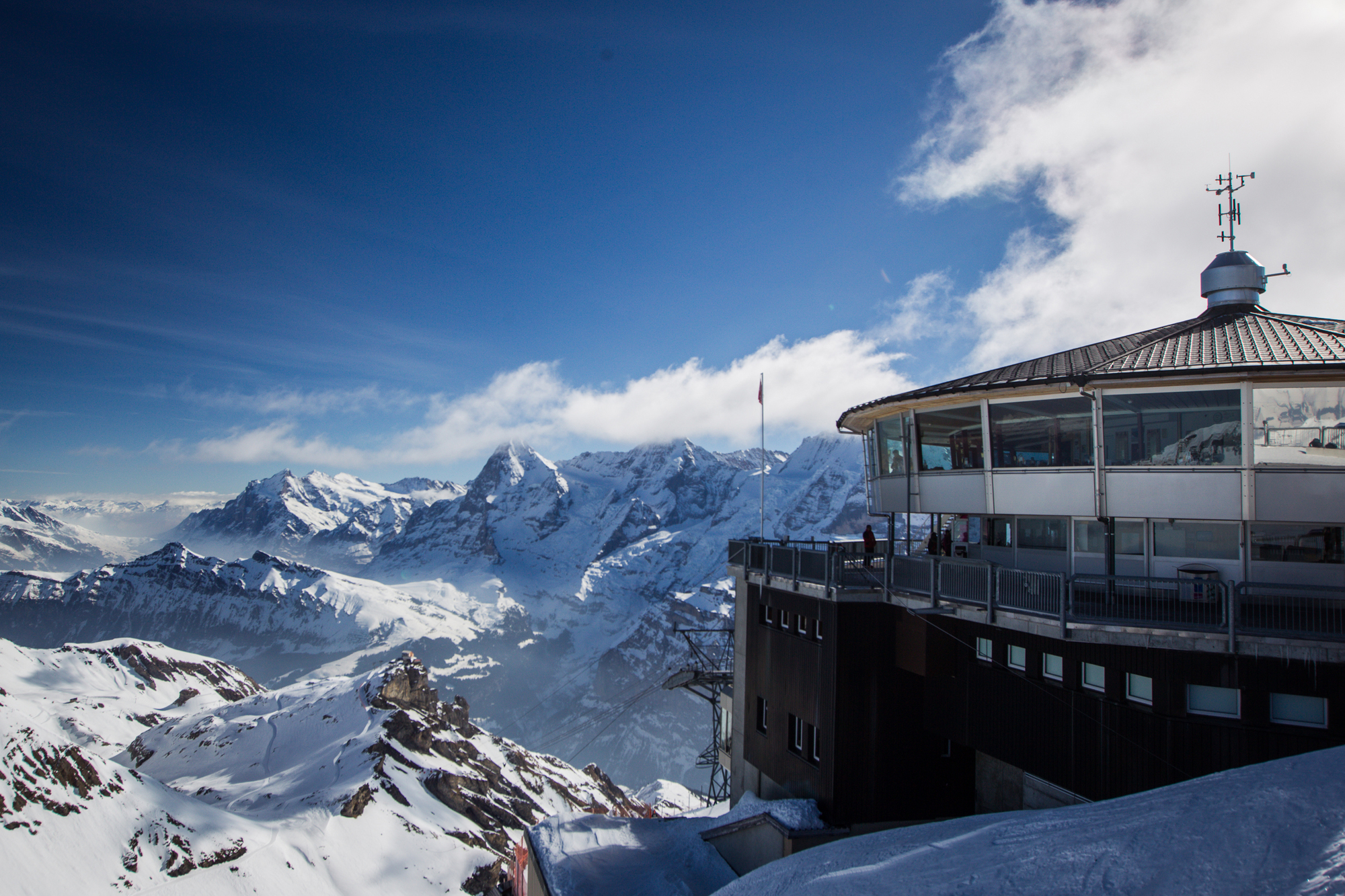
The Canadian Rockies are famous for their turquoise lakes, whose distinctive color comes from rock flour—fine particles of glacial sediment suspended in the water- with Lake Louise, Moraine Lake, and Peyto Lake displaying hypnotic blue-green hues.
The Swiss Alps contain over 1,500 lakes, including larger bodies like Lake Geneva and Lake Lucerne that extend from the mountains into populated areas, often featuring charming towns built along their shores.
Mountaineering History

The Swiss Alps hold the distinction as the birthplace of modern alpinism. The first golden age of mountaineering occurred in the mid-1800s, and the first ascent of the Matterhorn in 1865 marked a pivotal moment in climbing history.
The Canadian Rockies saw later development as a mountaineering destination, gaining international prominence when Swiss guides were imported to teach climbing techniques in the early 1900s.
Vertical Relief
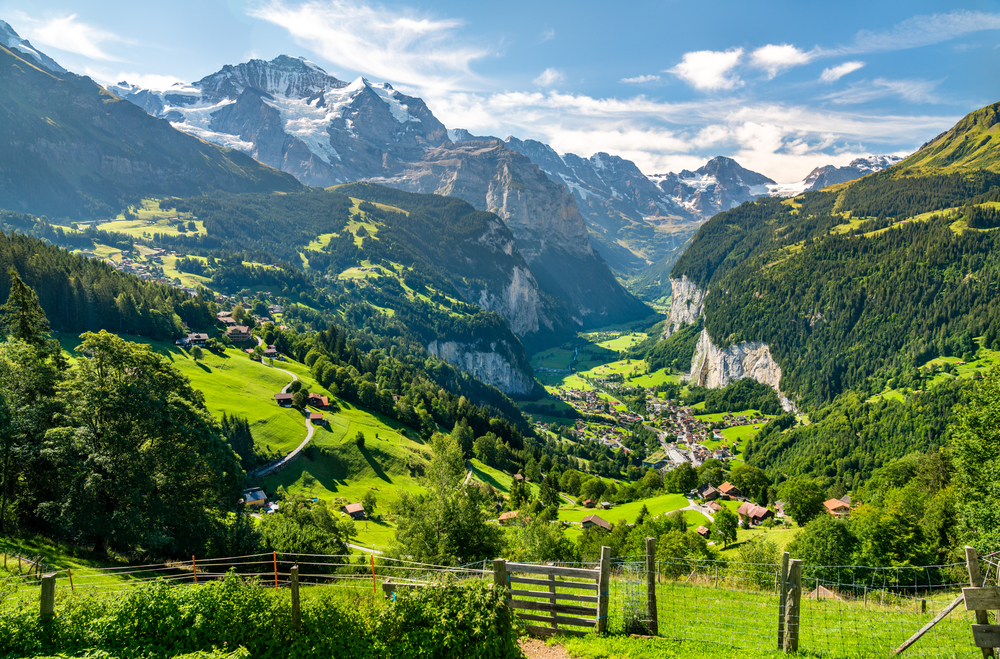
The Swiss Alps showcase dramatic vertical relief with peaks rising to 9,000 feet from valley floors, creating breathtaking perspectives where civilization and extreme alpine environments exist in close proximity.
The Canadian Rockies display more moderate vertical relief but make up for this with greater horizontal expanse, spreading their grandeur across a much wider area and creating a sense of limitless mountain wilderness.
Like Travel Pug’s content? Follow us on MSN.
Cuisine Experiences
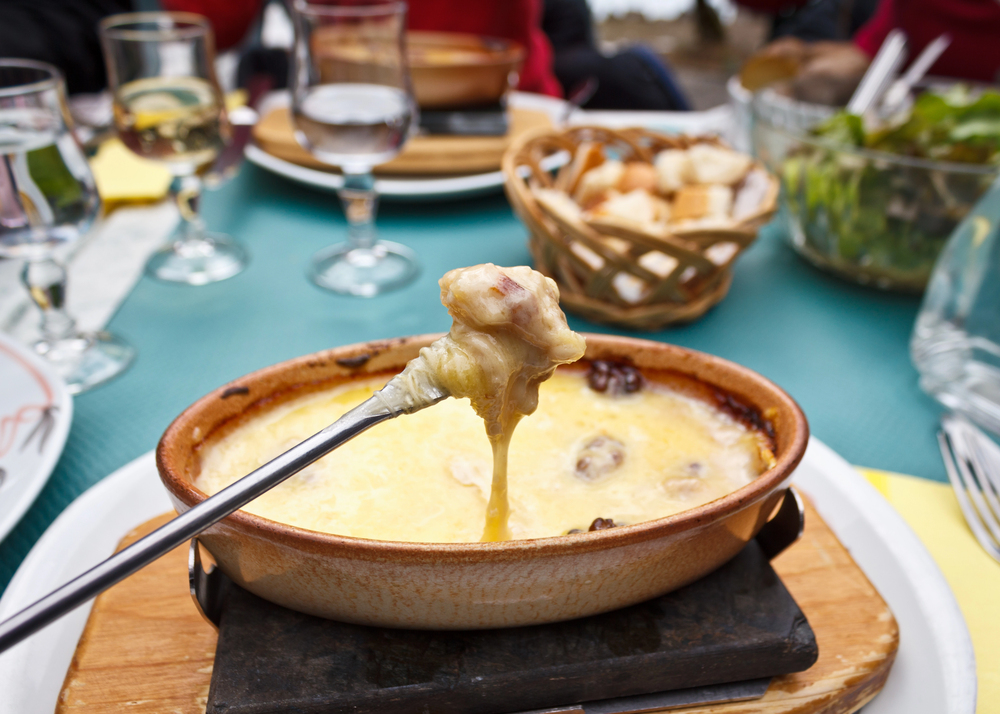
The Swiss Alps have developed distinctive mountain cuisine over centuries, featuring iconic dishes like fondue, raclette, rösti, and alpine cheese varieties aged in mountain huts.
The Canadian Rockies offer cuisine centered around hearty wilderness fare, game meats, locally caught fish, and Indigenous ingredients. The dining scene emphasizes local ingredients and mountain-inspired cooking.
Glacial Features

The Swiss Alps contain approximately 1,800 glaciers, including the 14-mile-long Aletsch Glacier. The Canadian Rockies house the Columbia Icefield, which covers 125 square miles and feeds eight major glaciers, including the Athabasca Glacier.
This glacier represents the largest mass of ice in the Rocky Mountains and serves as the hydrological apex of North America.
Village Architecture
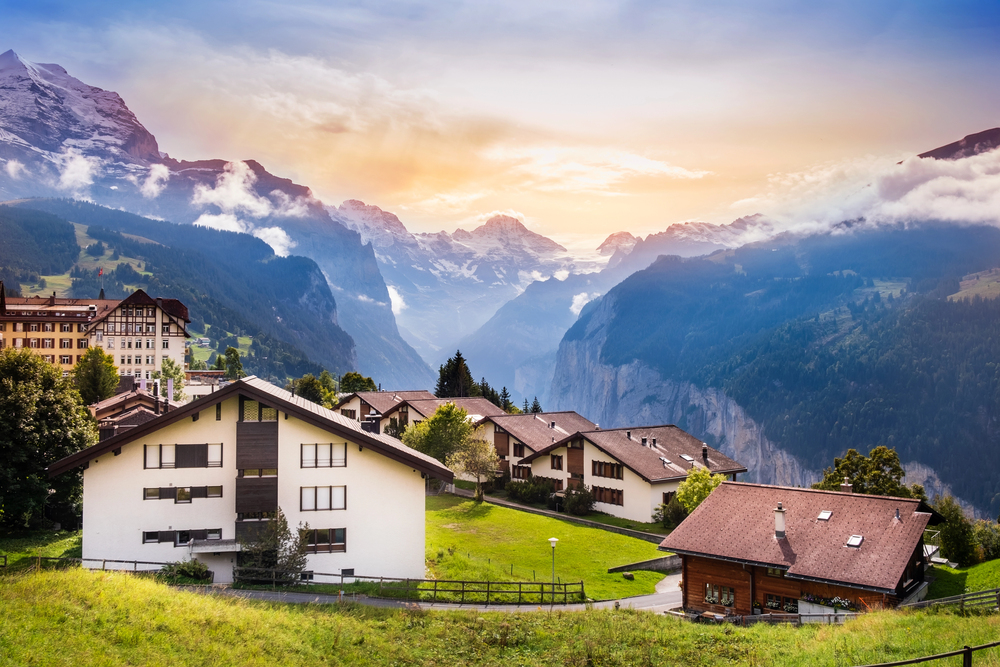
The Swiss Alps feature distinctive chalet architecture with wooden structures, steep roofs designed to shed snow, decorative balconies, and window boxes overflowing with geraniums.
The Canadian Rockies developed a rustic mountain architectural style exemplified by the grand railway hotels like Banff Springs and Chateau Lake Louise, using local stone and massive timber framing to complement their natural surroundings.
Like Travel Pug’s content? Follow us on MSN.
Waterfall Abundance

The Swiss Alps contain spectacular waterfalls, including Staubbach Falls, with its 1,000-foot free-falling drop, in the Lauterbrunnen Valley, often called the ‘Valley of 72 Waterfalls.’
The Canadian Rockies feature powerful waterfalls like Takakkaw Falls (1,260 feet) and Sunwapta Falls, which demonstrate the raw force of glacial meltwater in more natural settings with fewer modifications to the surrounding landscape.
Flower Meadows

The Swiss Alps burst with colorful alpine meadows filled with edelweiss, gentian, alpine roses, and hundreds of other flower species, maintained through traditional seasonal grazing that preserves extraordinary biodiversity.
The Canadian Rockies showcase wildflower meadows with distinctive North American species, including Indian paintbrush and glacier lilies, which have adapted to shorter growing seasons and emerge quickly after snowmelt in vibrant but brief displays.
Skiing Experiences

The Swiss Alps pioneered modern skiing with legendary resorts like St. Moritz, Zermatt, and Verbier, offering extensive terrain and vertical drops exceeding 7,000 feet, with interconnected ski areas creating massive networks.
The Canadian Rockies feature renowned ski destinations, including Banff Sunshine, Lake Louise, and Revelstoke, which are known for consistently excellent snow quality and a culture that tends toward serious outdoor adventure rather than glamorous resort experiences.
Like Travel Pug’s content? Follow us on MSN.
Mountain Weather Patterns

The Swiss Alps experience the moderating influence of Mediterranean air masses, creating relatively mild mountain weather for their latitude. The southern slopes particularly benefit from abundant sunshine.
The Canadian Rockies face more extreme continental weather patterns with greater temperature variations between seasons and mountains that create their weather systems, with conditions changing rapidly between nearby valleys.
Hot Springs
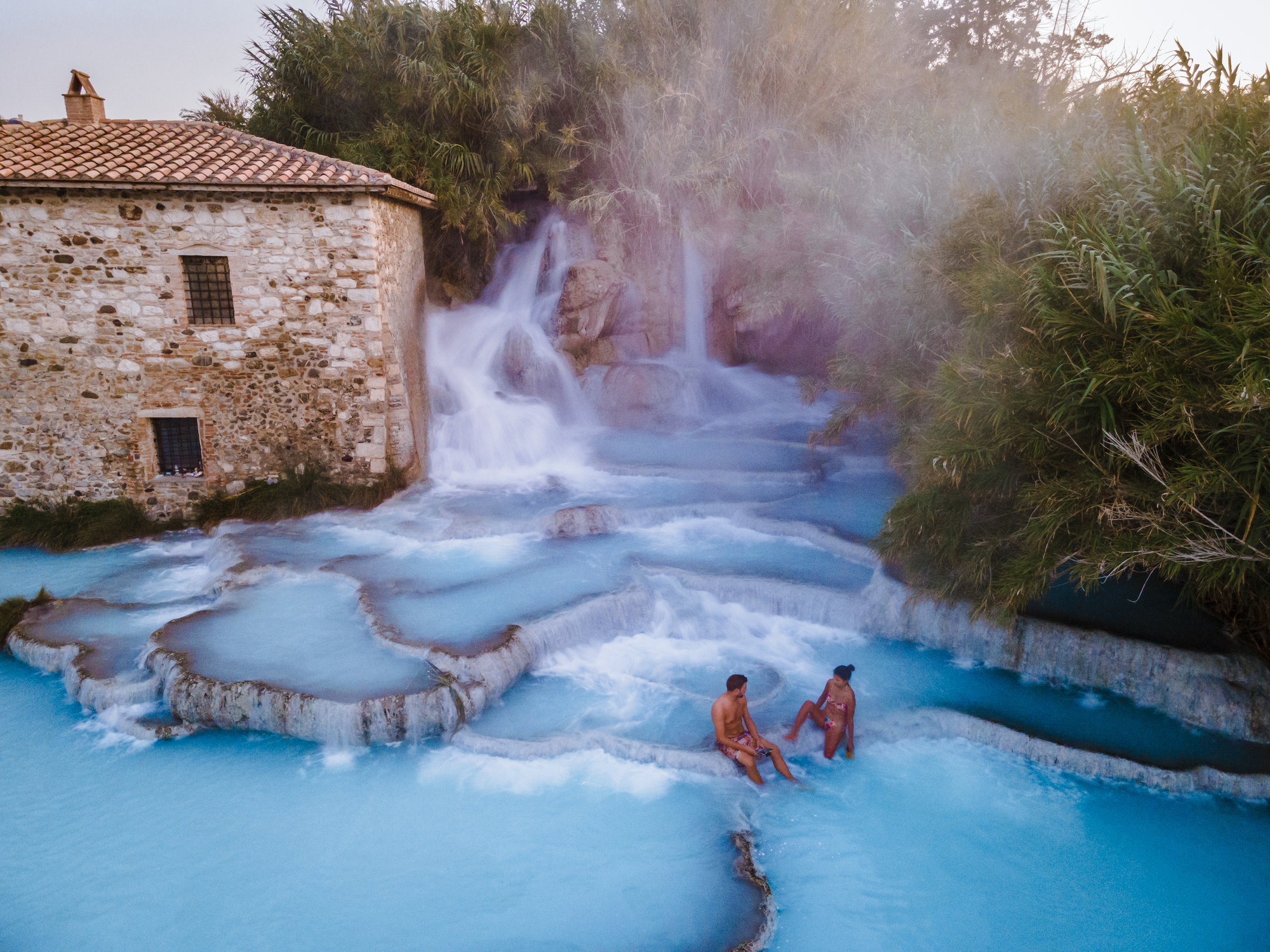
The Canadian Rockies boast numerous natural hot springs, including the historic Banff Upper Hot Springs and Radium Hot Springs, which led to the establishment of Canada’s first national park. The Swiss Alps contain fewer natural hot springs but have developed sophisticated thermal spa cultures in towns like Leukerbad, which features Europe’s largest alpine thermal spa complex, combining natural thermal waters with modern spa treatments.
Mountainside Farming

The Swiss Alps maintain ancient mountain farming traditions through the alpage system, where livestock move to high pastures during summer months, creating the pastoral scenery of grazing cows with tinkling bells against mountain backdrops.
The Canadian Rockies feature limited agriculture, primarily in lower valley bottoms, with ranching operations in the foothills rather than the high mountains, leaving the landscape more dominated by untouched wilderness.
Like Travel Pug’s content? Follow us on MSN.
Cave Systems
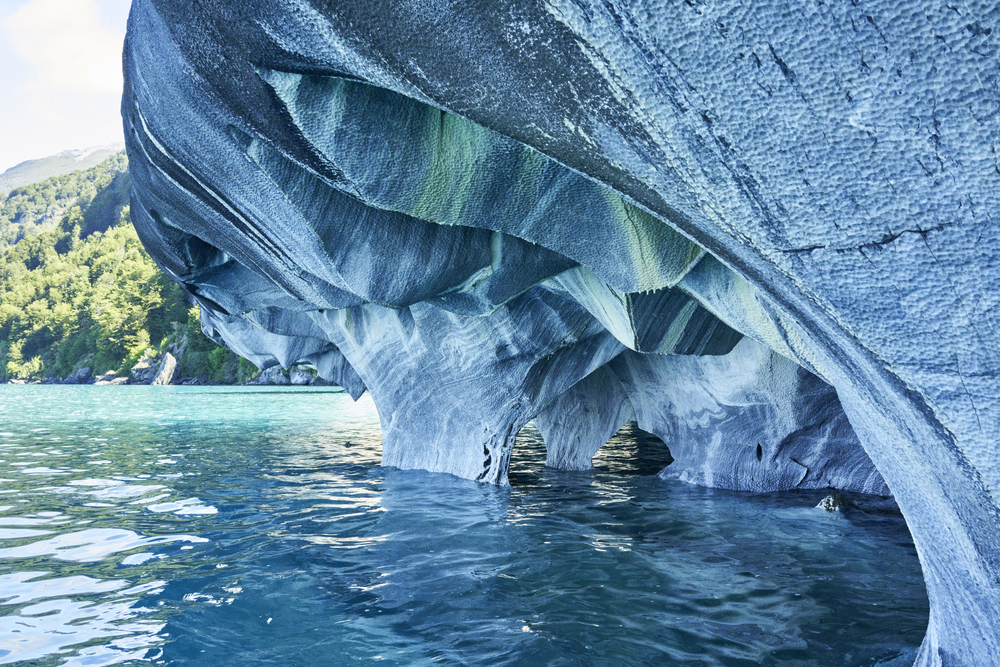
The Swiss Alps contain extensive limestone cave networks, including the Höllgrotten caves and the St. Beatus Caves, which were developed for tourism with lighting and walkways that made them accessible to casual visitors.
The Canadian Rockies house remarkable cave systems, including Castleguard Cave, Canada’s longest limestone cave, and the dramatic Booming Ice Chasm, with these systems typically remaining less developed and often requiring specialized equipment for exploration.
Mountain Festivals

The Swiss Alps host traditional mountain celebrations dating back centuries, including the Alpabzug (cow descent) festivals marking the return of livestock from summer pastures. The Canadian Rockies feature outdoor-focused festivals celebrating mountain adventure, including the Banff Mountain Film and Book Festival, which has become the premier mountain culture event worldwide, with gatherings that emphasize wilderness appreciation.
Night Sky Viewing

The Canadian Rockies contain some of North America’s darkest skies, with Jasper National Park designated as a Dark Sky Preserve covering 4,200 square miles, allowing spectacular views of the Milky Way and northern lights.
The Swiss Alps offer more limited dark sky experiences due to the higher density of towns and villages. However, specific locations like the Gornergrat observatory provide excellent astronomical viewing at high elevations above most artificial light sources.
Like Travel Pug’s content? Follow us on MSN.
Mountain Legacy and Future
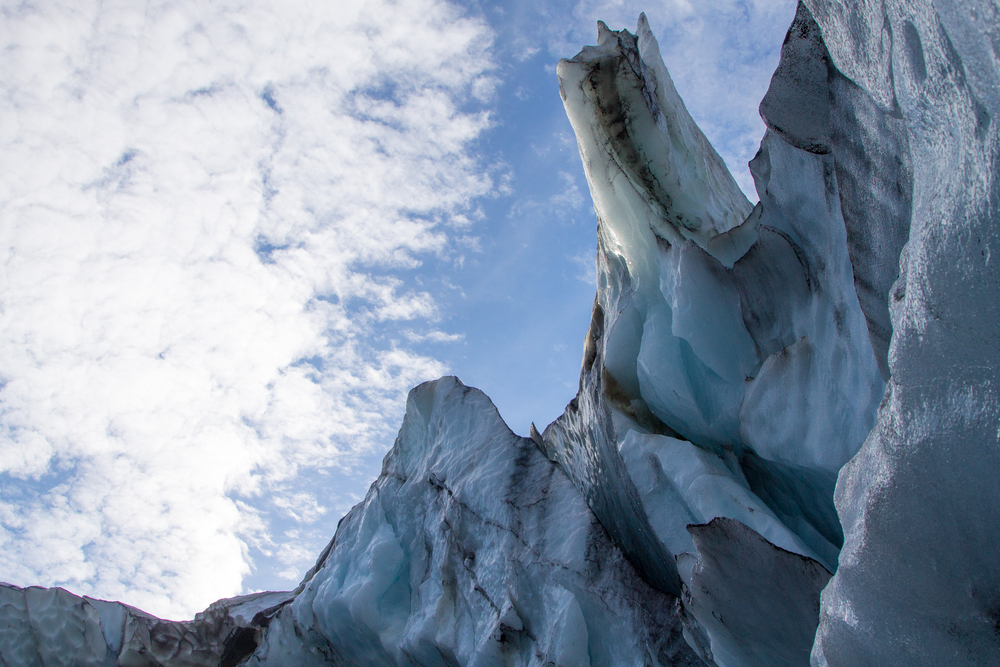
These two magnificent mountain ranges represent different approaches to the human-mountain relationship: one showcasing centuries of cultural integration and accessibility, the other emphasizing wilderness preservation and natural processes.
Both continue evolving, facing climate challenges, balancing tourism with conservation, and maintaining their unique character for future adventurers to discover. Each offers irreplaceable experiences that expand our understanding of what mountains mean to us as individuals and societies. The greatest adventure might be experiencing both to appreciate their distinctive magic truly.
More from Travel Pug

- 20 Destinations That Were Once Thriving but Are Now Quietly Disappearing
- 13 Destinations Where Tourists Regularly Regret Their Trip
- 20 Once-Popular Beach Towns That Are Now Ghostly Empty
- 10 Under-the-Radar Mountain Towns That Are Both Affordable and Beautiful
- Take a ‘Learning Vacation’ in These 20 Extraordinary Places
Like Travel Pug’s content? Follow us on MSN.
